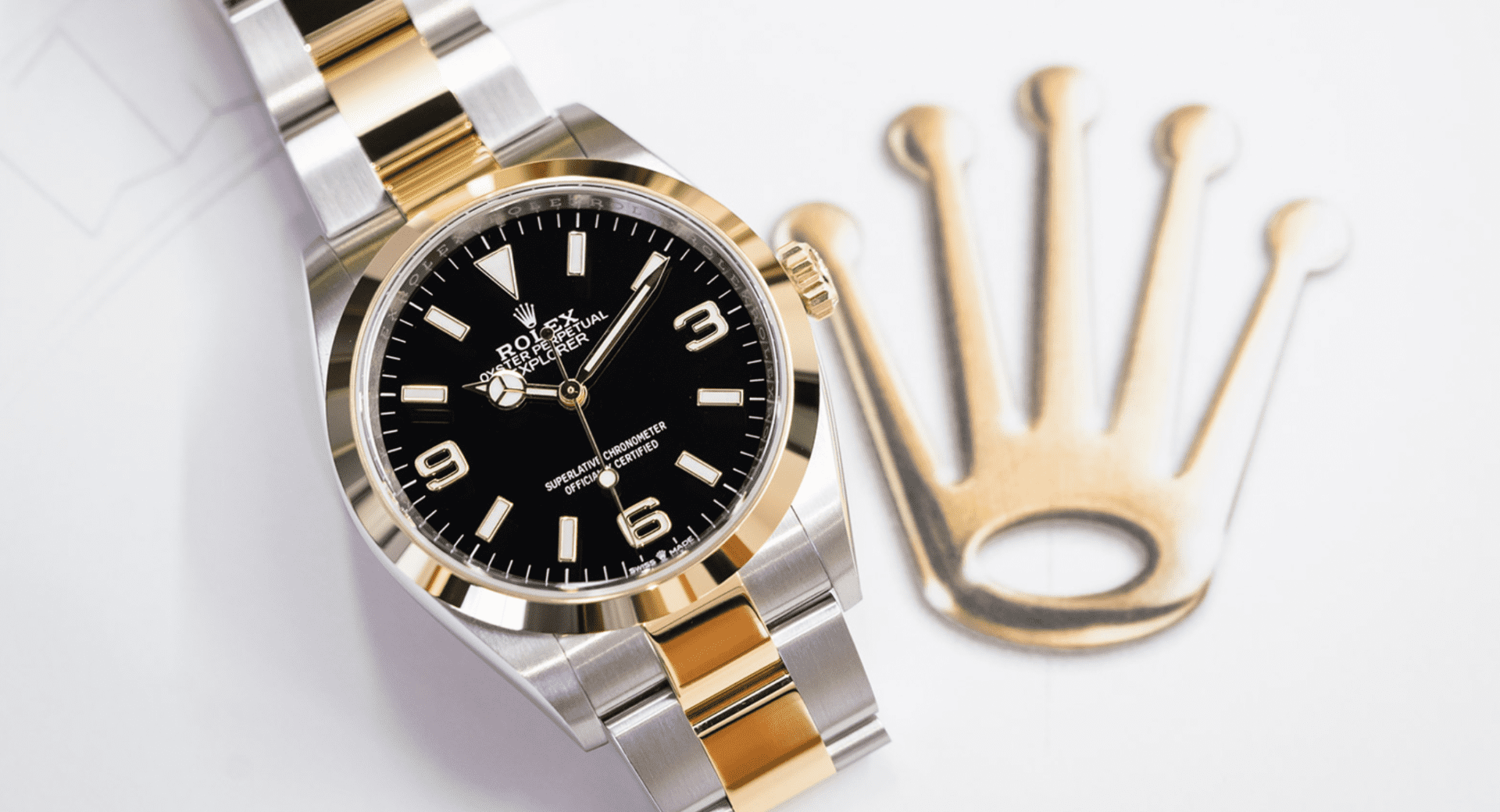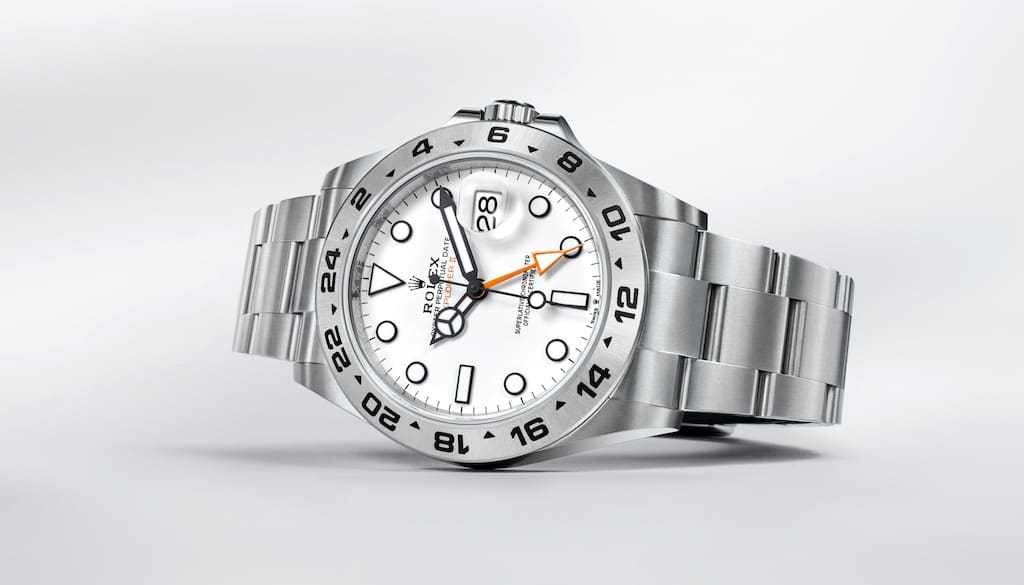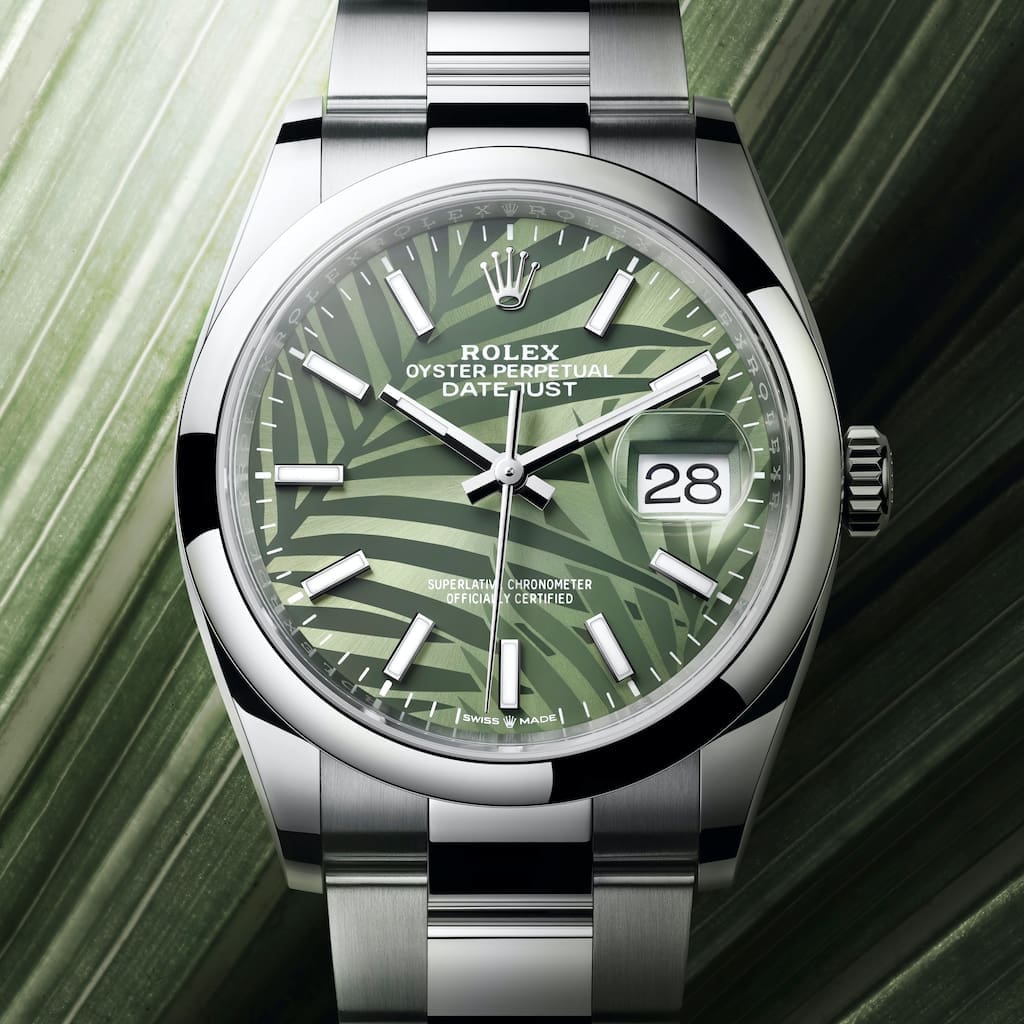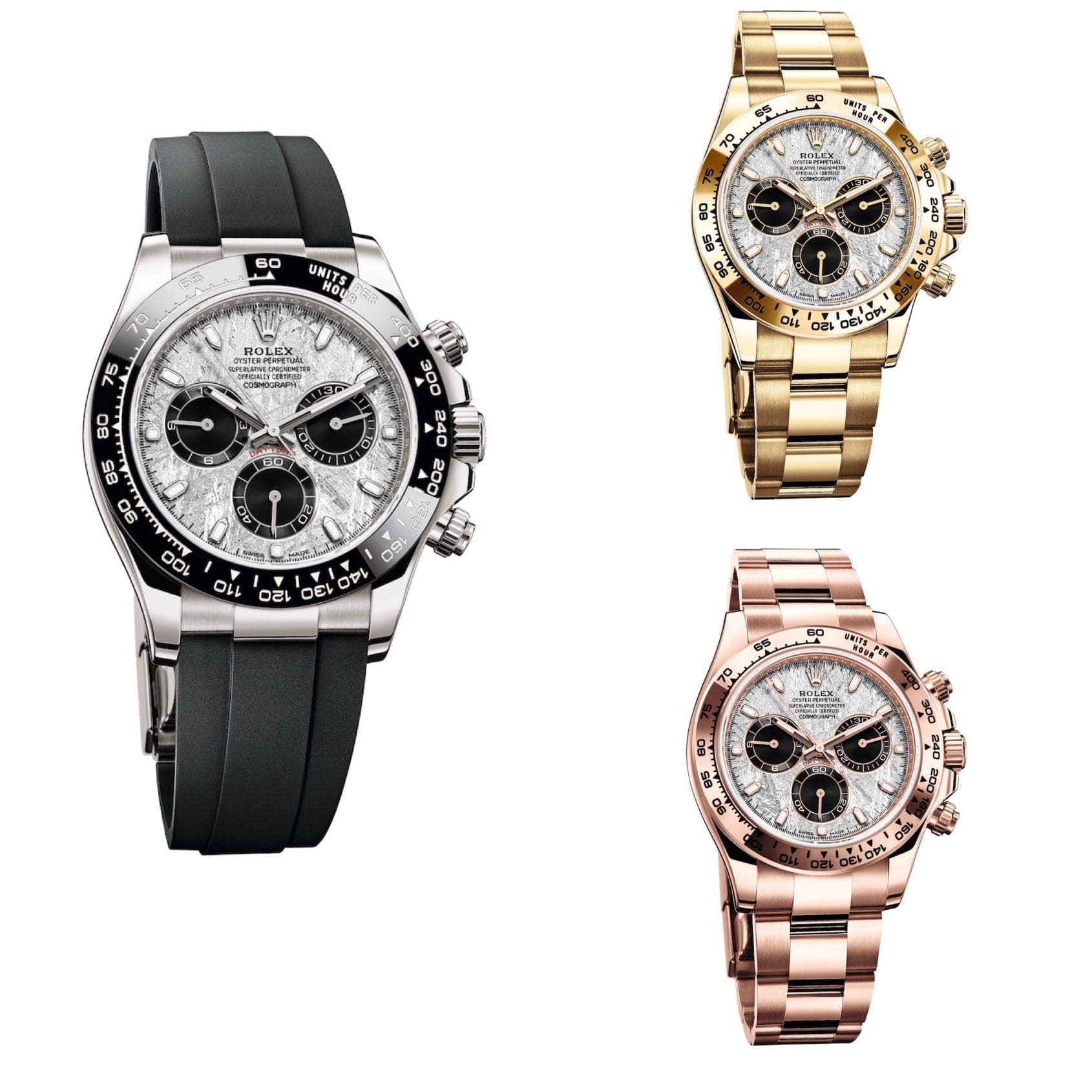A Professor of Economics unpacks the true meaning of the Rolex price rises for 2022
Brendan CunninghamEditor’s note: Brendan Cunningham is a Professor of Economics at Eastern Connecticut State University in the US and the man behind Horolonomics, a blog that explores the economic issues in watchmaking.
A riff on Nina Simone’s classic song Feeling Good is a nice accompaniment in these opening days of 2022, particularly when it comes to the Rolex market. Simone’s song is positive and inspirational. The refrain includes the lyrics “It’s a new dawn, It’s a new day, It’s a new life, And I’m feeling good.” For Rolex, it might be more fitting to sing: “It’s a new year, It’s a new quarter, It’s a new price list.” The question is: should collectors feel good?
The new price list means that, if you live in most countries around the world, including America, you will have to part with more of your hard-earned money to buy a Rolex at retail (assuming you are lucky enough to “get the call” from your authorised dealer, more on that later). Generally, this is the kind of thing that makes buyers unhappy. Certain collectors may covet that Daytona so much, though, that they may simply disregard the price increase as they take delivery. There is also the fact that a lot of stuff comes with a higher price these days. Inflation in many countries around the world, including the United States, is running north of 5%. In this sense, Rolex will find safety in numbers: just about everyone is increasing prices.
Where things get a little more complicated is when we consider the fact that Rolex is a Swiss company. There are a lot of implications to that label “Swiss made,” but one is often overlooked: most of Rolex’ bills come due in the Swiss currency. All those executives and watchmakers hard at work in Geneva want their paycheque in Swiss francs since most of their bills are denominated in that currency. This means that we should interpret Rolex prices through the lens of the Swiss franc, rather than the dollar or any other currency.
Let’s begin. Inflation in Switzerland is running at 1.5%, significantly below what we are seeing across the world stage. This means the dollar retail increase for Rolex watches, ranging between 3.2% and 11.1%, exceeds (by quite a lot) the amount that is necessary for Rolex to keep up with higher prices in Switzerland. Moreover, since early 2021, the dollar has appreciated by roughly 3.7% against the Swiss franc. That appreciation, alone, means that Rolex’s franc-denominated earnings on watches sold in the United States already increased by more than twice the rate at which franc-denominated expenses increased in Switzerland (since the dollars Rolex earned on US sales yielded more francs).
When we combine all these factors, the franc-denominated price increase, net of Swiss inflation, is noticeably higher than the rate denominated in dollars. At the low end, for a Datejust 41 All-Steel, Jubilee reference 126300, it is 5.5%. At the high end, for a Submariner Date reference 126610LV “Kermit”, it is a whopping 18.6%. It ain’t easy being green, but at least it got a little easier. And, if you manage to buy a Kermit at retail, even at the new price of $10,600 you’re still paying far less than the winning bidder who paid just shy of $48,000 for an earlier Kermit, reference 16610LV, at Phillips’ NYC sale in early December of last year (hammer price).
The new price list holds wider implications for the watch industry. Rolex has now joined the “holy trinity” of Patek Philippe, Audemars Piguet and Vacheron Constantin in embracing five figure list prices for highly popular steel sports watches. This is more of a symbolic development, in some ways, but it may also lead other brands to similarly cross the five-digit rubicon. In addition, without a similarly large Tudor price bump, Rolex has effectively increased the differentiation between its main catalogue of watches and those of its subsidiary brand. Those who were already hesitant to buy a Submariner at the 2021 list price may be unable to resist the comparatively accessible pricing of the Black Bay 58.
This brings us to one of the shiniest bits of the silver lining in 2022 Rolex prices: faster processing of wait lists. To the “buy low, sell high” folks lurking on wait lists, the potential return to flipping is now lower. In 2021, the average resale price of a 41mm Submariner was somewhere around $15,500, so the 2022 price only takes a $550 bite out of the $6,350 apple (the difference between retail and secondary market last year). But hey, it’s the thought that counts: there is now a lower return to flipping. In addition, it is quite possible that there are some on wait lists who will skip their turn to buy due to the higher cost. These two possibilities, fewer flippers and more people not exercising their option to buy, means that we may well see a shortening of wait times.
There are a few additional upsides to the price increase. Higher prices are typically the catalyst for greater supply. Expanding your manufacturing plant or adding another shift of additional production is costly, and additional revenues incentivise a company to bear those costs. With this in mind, we can reinterpret the retail price increase as a reallocation of funds out of the wallets of flippers and speculators, as well as more traditional buyers, and into the accounts of the company that actually produces watches. Since Rolex is organised as a non-profit, we will not see shareholders somewhere receiving a greater dividend. Rather, the funds can be reinvested into research and development, training, machinery, and the like.
To my way of thinking, the final silver lining is that with this move, the value of Rolex collectors’ watchboxes has definitively increased. It can be hard to determine what the true market value of a Rolex is right now, given how many private party transactions take place and the variation in watch condition across those transactions. However, the higher prices are now “official”. The cost for a retail replacement of a particular Rolex is now indisputably greater. So folks, make sure your insurance coverage is up-to-date.
With this year’s bold pricing move, Rolex has clearly signalled that, in their estimation, the greater demand for watches is not temporary. Still, this year’s pricing is somewhat surprising, particularly coming from a company with a well-earned reputation for careful, deliberate, and measured change. We can only imperfectly anticipate what 2022 will look like for Rolex and the entire watch industry. It isn’t foresight that is 20/20. However, it is rare that a struggling company or industry raises prices significantly. From this perspective, we can interpret these developments as an indicator that Rolex’s segment of the watch market is looking good for 2022.








